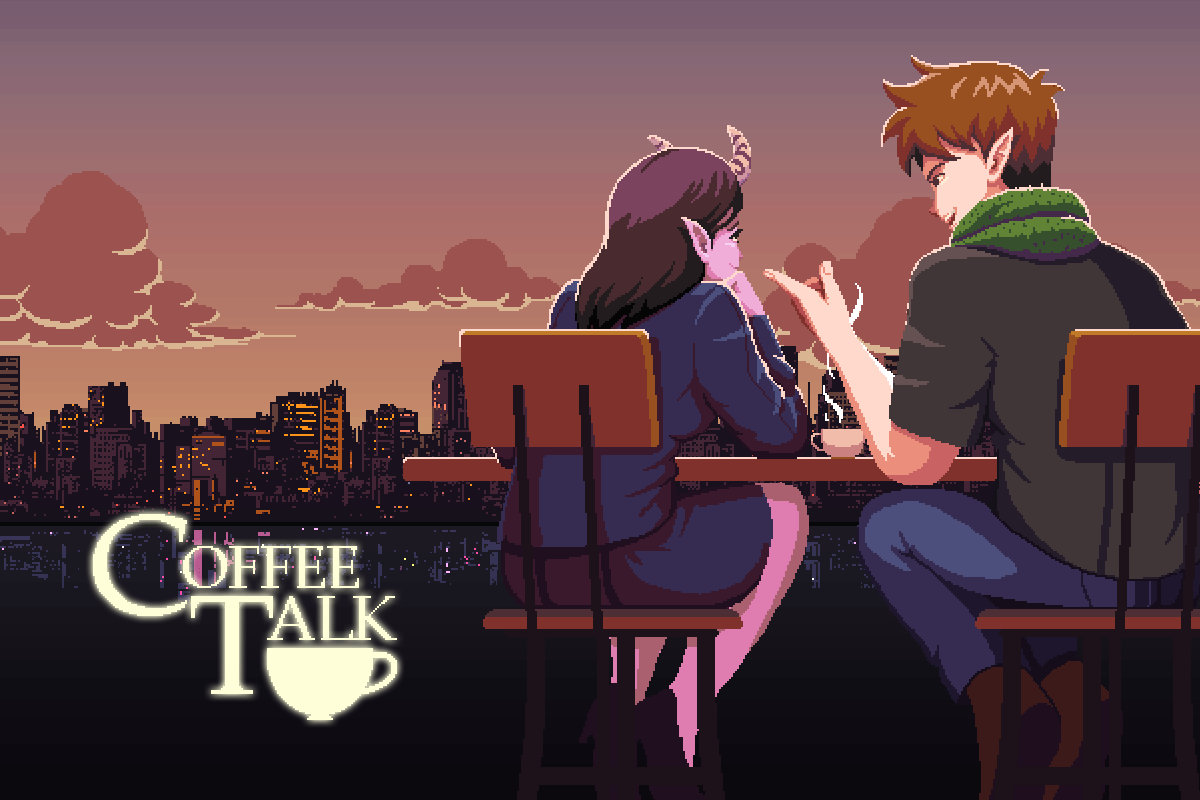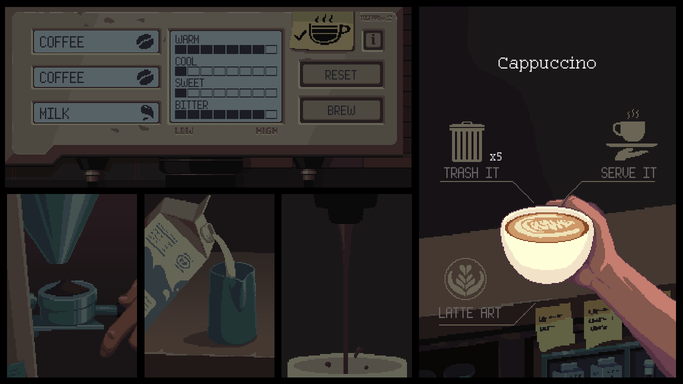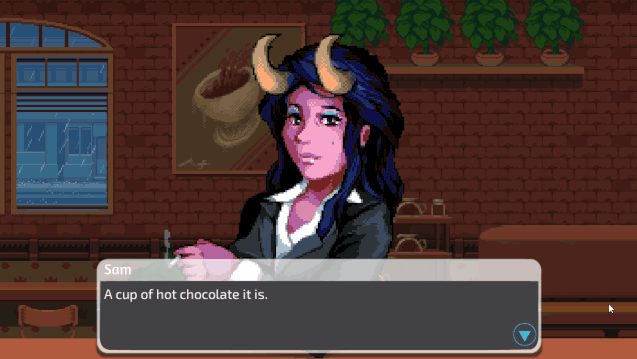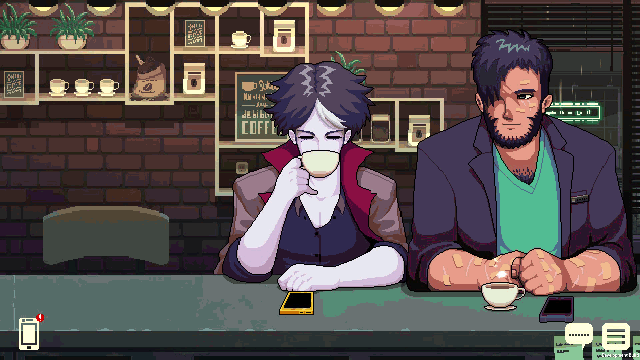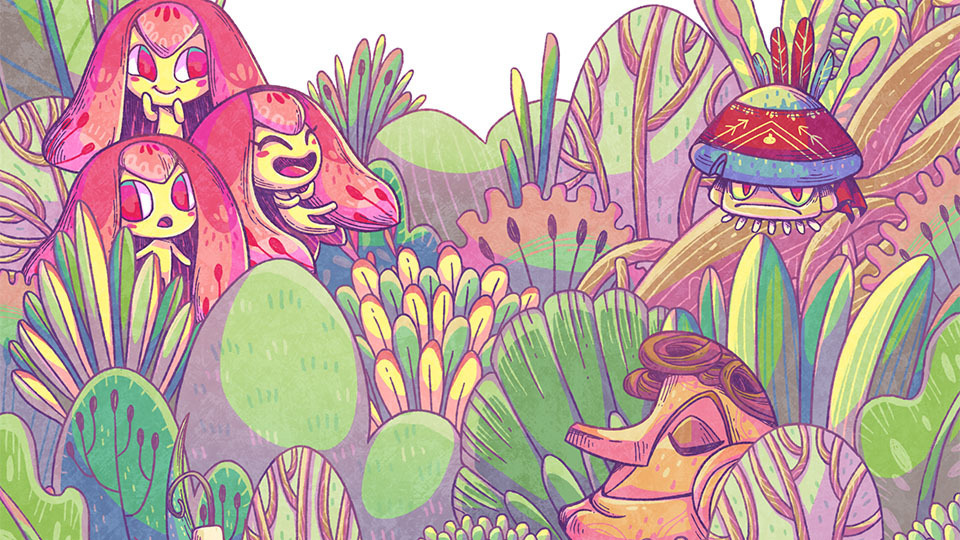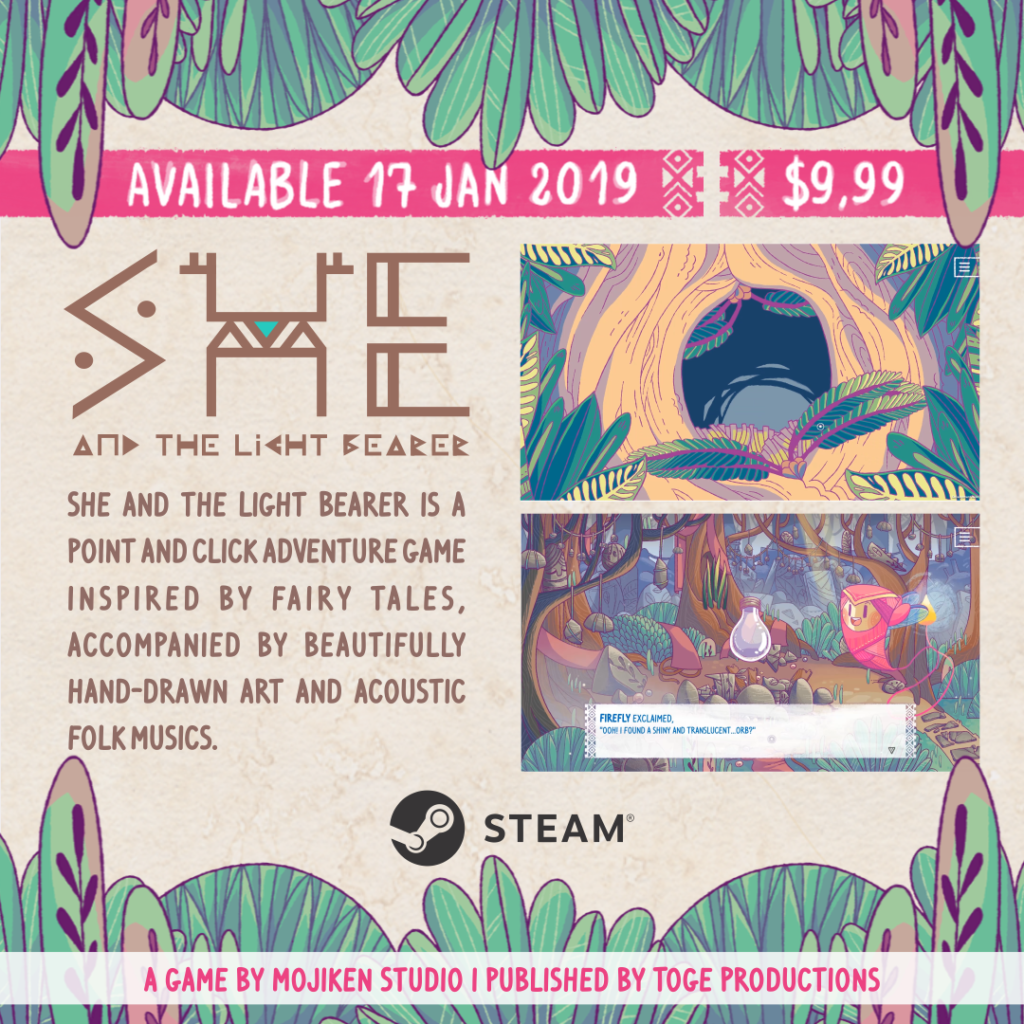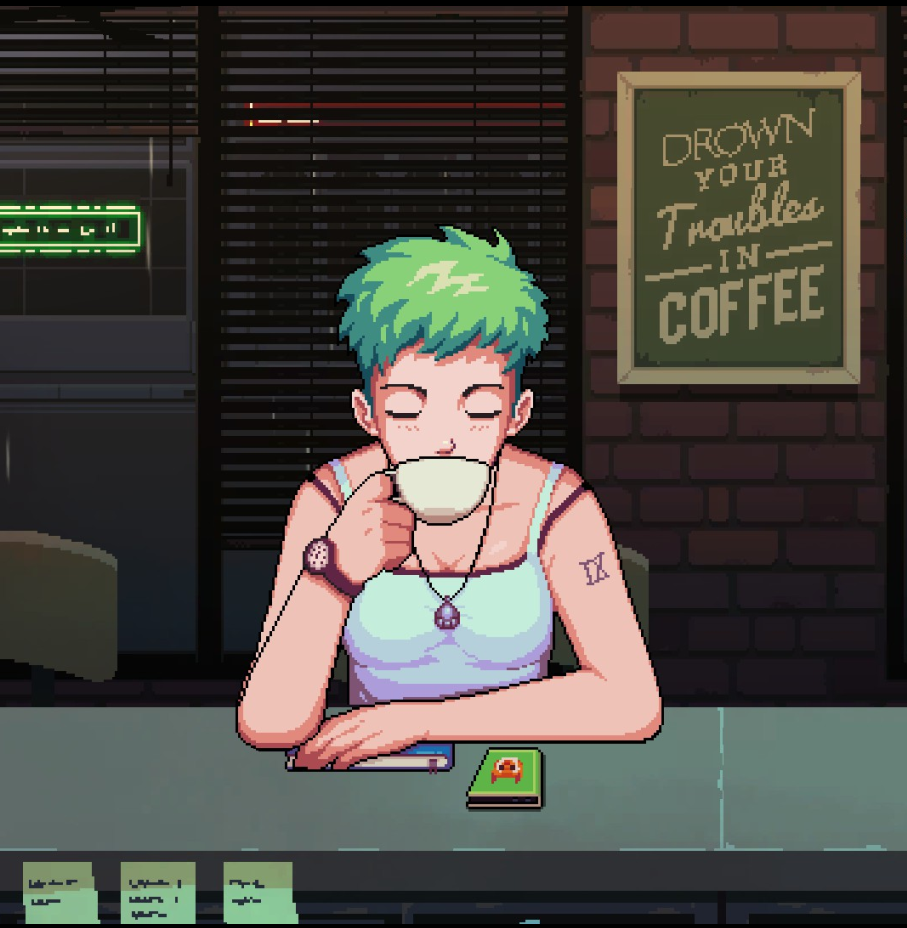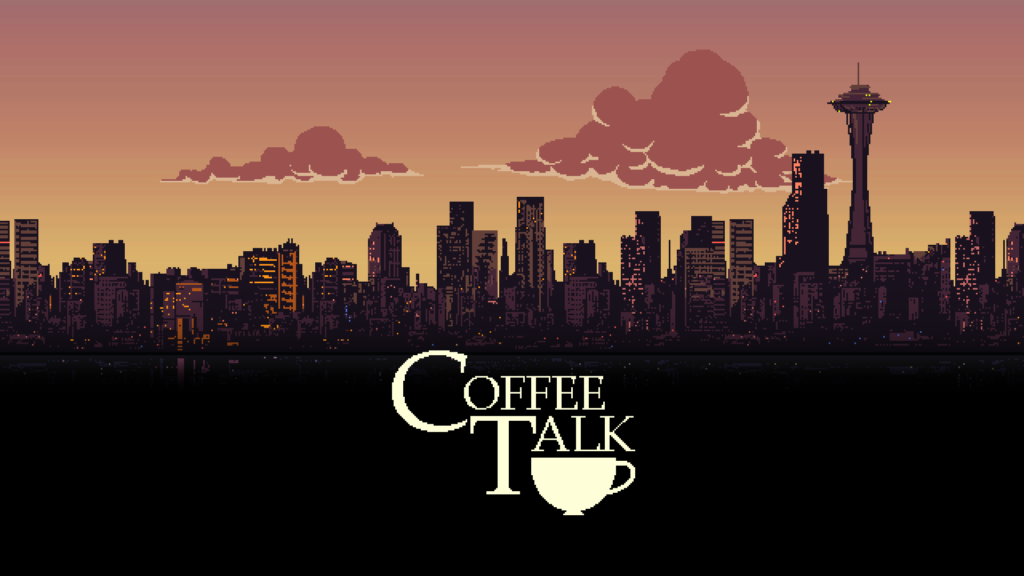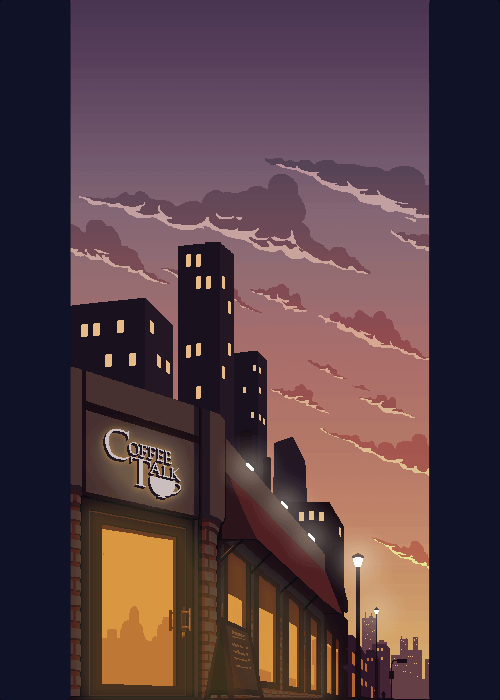
Indonesian indie studio Toge Productions are working on Coffee Talk, a game about being a barista in a version of Seattle where fantasy folk live alongside humans. It's a bit like Shadowrun and a bit like Va-11 Hall-A: Cyberpunk Bartender Action only the drink mixing is less boring, and you can draw some coffee art in the foam.
Customers, some of whom may be elves, orcs, dwarves, and the like, will visit your late-night coffee shop and it's up to you to whip them up an espresso or whatever while some very chill music plays. As you play you unlock recipes for different varieties of tea, hot chocolate, and so on. The other half of the game is in the conversations that play out with these talkative caffeine junkies, who all have their own stories.
Coffee Talk is coming to Steam and GOG in January 2020, and you can download a demo from itch or GameJolt right now. Here's the trailer.




